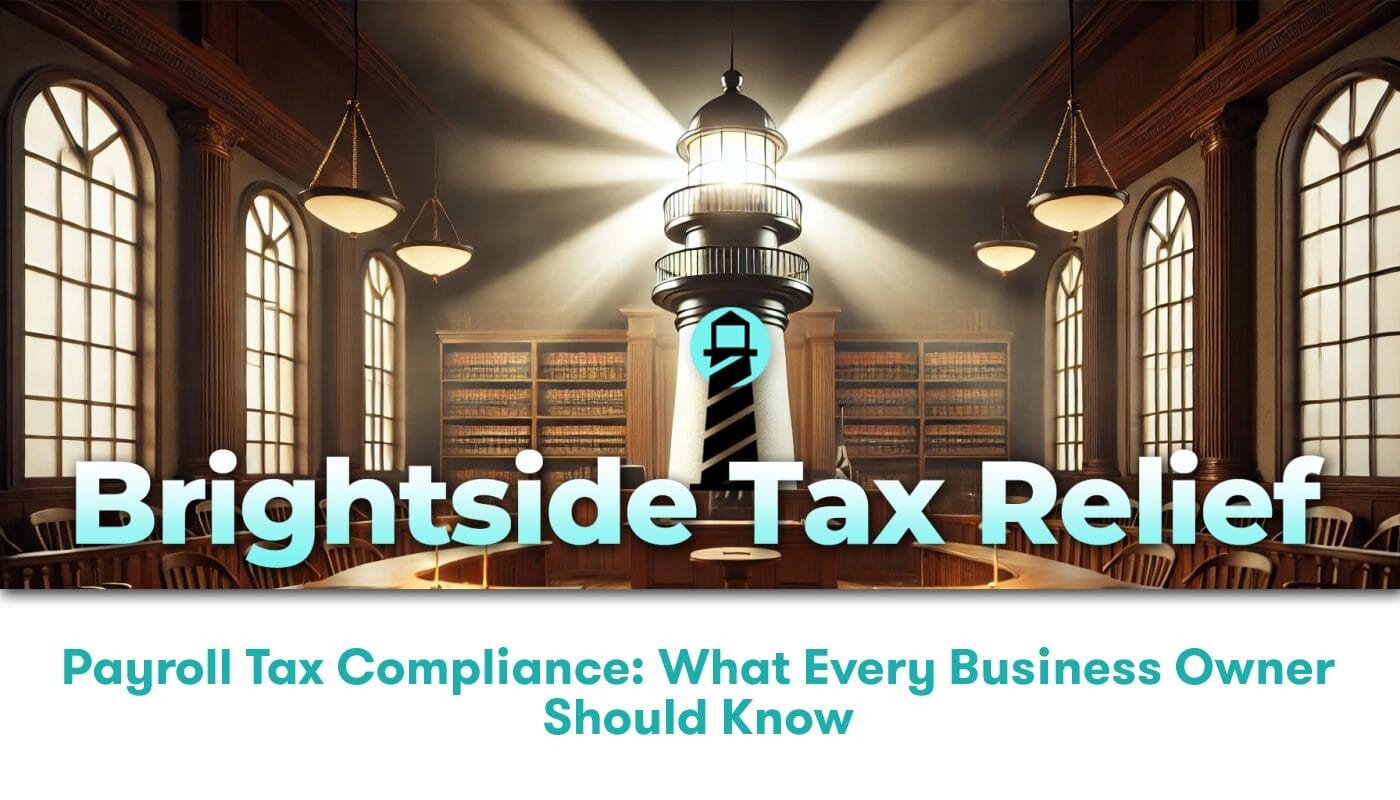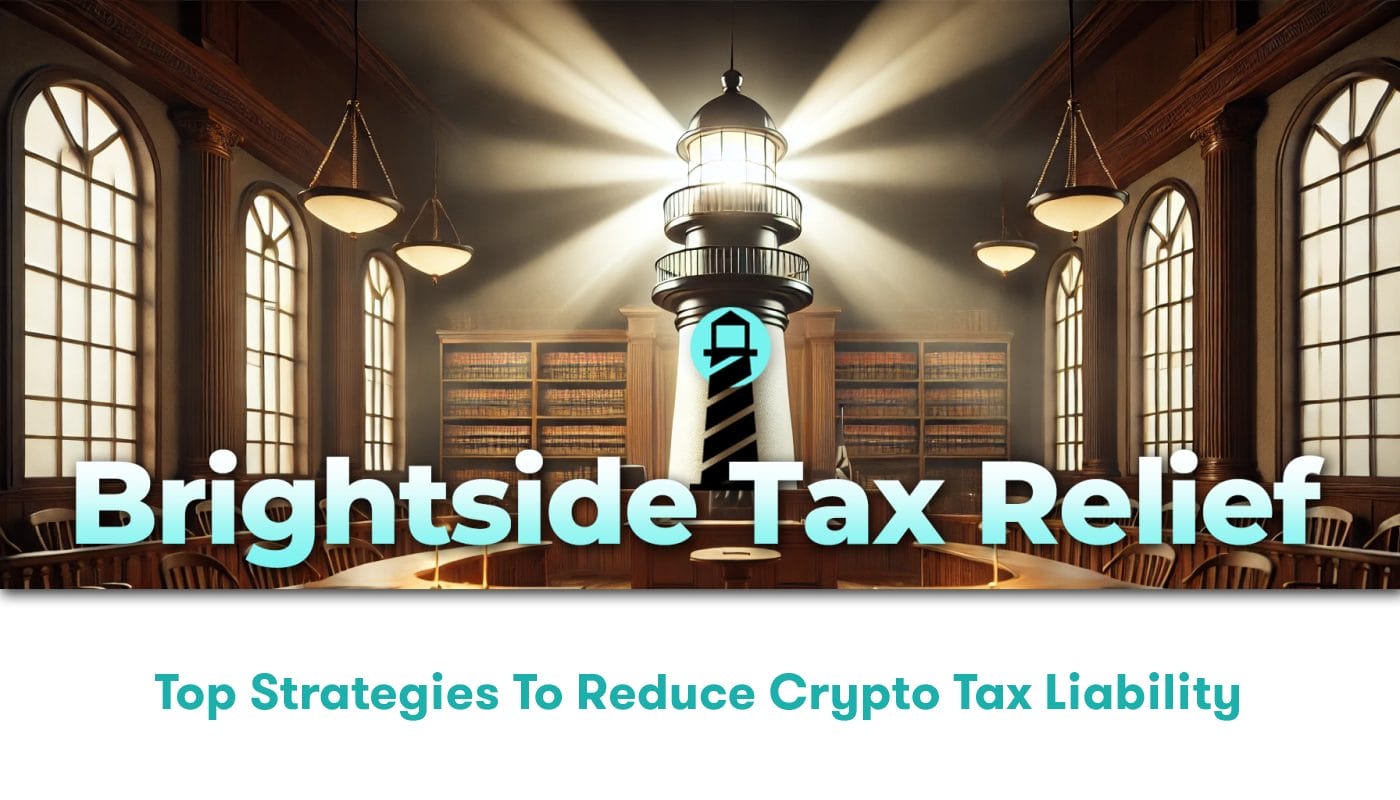Dining and Dimes: Navigating the Culinary Landscape of Business Meal Deductions
In the world of business, breaking bread often means more than just sharing a meal; it’s about building relationships, sealing deals, and fostering partnerships. But did you know that these gastronomic gatherings can also be a tasty treat for your tax bill? That’s right, folks! The Internal Revenue Service (IRS) has cooked up some delectable deductions for business meals, and it’s time to dig in.
Understanding the rules surrounding business meal deductions can be as complex as deciphering a French menu without a translator. But fear not, dear entrepreneur! We’re here to help you navigate this culinary conundrum with the finesse of a seasoned sommelier. From power lunches to client dinners, every bite counts when it comes to managing your tax liability.
So, put on your metaphorical chef’s hat and sharpen those accounting knives, because we’re about to slice and dice through the meaty topic of business meal deductions. By the time we’re done, you’ll be serving up savings on a silver platter, and your bottom line will be as satisfied as a food critic at a five-star restaurant.
Mastering the art of business meal deductions can transform your dining experiences into delectable tax savings, making every bite count towards a healthier bottom line for your business.
The Recipe for Success: Ingredients for Maximizing Business Meal Deductions
Let’s start with the main course: what exactly qualifies as a deductible business meal? The IRS isn’t in the business of footing the bill for your casual coffee catch-ups or your late-night snack runs. To claim a deduction, the meal must be directly related to the active conduct of your business. This means you need to be buttering up a client, discussing business with a partner, or wining and dining a potential investor.
Now, here’s where things get a bit spicy. Prior to 2018, you could deduct 50% of your business meal expenses. But then the Tax Cuts and Jobs Act came along and added a dash of complexity to the mix. For a brief period, it looked like the deduction might be off the menu entirely. However, in a plot twist that would make any reality cooking show proud, Congress decided to super-size the deduction to 100% for restaurant meals in 2021 and 2022 as part of COVID-19 relief efforts.
But before you start making reservations at every Michelin-starred restaurant in town, remember that this temporary increase has an expiration date. Like a soufflé that’s been left out too long, the 100% deduction will deflate back to 50% in 2023. So, while the getting is good, make sure you’re keeping meticulous records of your business meals. The IRS has an appetite for documentation, and you’ll need to serve up the date, amount, place, business purpose, and the name of your dining companion(s) to satisfy their hunger for details.
Understanding the ever-changing landscape of business meal deductions is crucial, with recent temporary increases offering a golden opportunity to maximize tax savings while fostering important business relationships.
Brightside’s Secret Sauce: Expertly Seasoned Tax Relief for Your Business Dining
Now, you might be thinking, “This all sounds great, but I’m a business owner, not a tax chef!” And that’s where Brightside Tax Relief comes in, ready to be your personal sous chef in the kitchen of tax deductions. With a nationwide presence and a team of tax experts who know the business meal deduction cookbook inside and out, Brightside is your go-to partner for turning your dining experiences into delicious tax savings.
What sets Brightside apart is their deep understanding of the local flavors of tax law across the country. Just as a great chef knows how to source the best local ingredients, Brightside’s experts are well-versed in the nuances of state and local tax regulations that might affect your business meal deductions. This local expertise, combined with their national reach, means you’re getting the best of both worlds – like a perfect fusion cuisine that blends local specialties with international flair.
But Brightside doesn’t just help you with the here and now of your business meal deductions. They’re also keeping an eye on the future, monitoring changes in tax law that might affect your dining deductions down the road. This forward-thinking approach means you’ll always be ahead of the curve, ready to adapt your strategy as the tax landscape shifts. It’s like having a crystal ball for your business expenses, allowing you to make informed decisions about when and how to leverage your business meals for maximum tax benefit.
Brightside Tax Relief offers a unique blend of nationwide expertise and local knowledge, providing businesses with tailored strategies to optimize their business meal deductions while staying ahead of evolving tax regulations.
Brightside’s Secret Sauce: Mastering the Art of Meal Deductions
When it comes to managing tax deductions for business meals, Brightside Tax Relief stands out as the cream of the crop. Their team of expert tax professionals possesses an unparalleled understanding of the intricate web of tax laws and regulations surrounding business meal deductions. This expertise allows them to navigate the complex terrain of the tax code with ease, ensuring that their clients maximize their deductions while staying compliant with IRS guidelines.
Brightside Tax Relief’s approach to managing business meal deductions is both comprehensive and tailored to each client’s unique situation. They recognize that no two businesses are alike, and what works for a Fortune 500 company may not be suitable for a small startup. Their tax specialists take the time to understand the nuances of your business operations, identifying opportunities for meal deductions that you might have overlooked.
Moreover, Brightside Tax Relief stays ahead of the curve when it comes to changes in tax legislation. The rules governing business meal deductions have undergone significant changes in recent years, and keeping up with these modifications can be a daunting task for busy business owners. Brightside’s team of tax experts constantly monitors updates to the tax code, ensuring that their clients are always in compliance with the latest regulations and able to take advantage of any new deduction opportunities that arise.
Dine and Deduct: Your Burning Questions Answered
When it comes to managing tax deductions for business meals, many business owners find themselves swimming in a sea of questions. One of the most common queries is, “What types of business meals are actually deductible?” Brightside Tax Relief’s experts can help you navigate this culinary conundrum, explaining that generally, meals directly related to the conduct of your business, or those associated with attending business conventions or traveling for business purposes, are eligible for deductions.
Another frequently asked question is, “How much of my business meal expenses can I actually deduct?” This is where Brightside’s knowledge truly shines. They can guide you through the intricacies of the current tax code, which typically allows for a 50% deduction on most business meal expenses. However, they’ll also inform you about special circumstances where you might be eligible for a 100% deduction, such as certain employee meals or food provided at company parties.
Many business owners also wonder about the documentation required to support their meal deductions. Brightside Tax Relief understands the importance of proper record-keeping and can provide valuable advice on maintaining the necessary documentation. They’ll explain that you should keep receipts, note the business purpose of the meal, and record the names and business relationships of the people you dined with. This level of detail can be crucial in the event of an IRS audit.
From Appetizer to Dessert: Your Journey with Brightside
Embarking on your tax deduction optimization journey with Brightside Tax Relief is as easy as pie. The first step is to reach out to their team of friendly tax experts. You can do this by calling their dedicated helpline at 844-638-0800. During this initial consultation, you’ll have the opportunity to discuss your specific business needs and concerns regarding business meal deductions.
Once you’ve made contact, Brightside’s team will guide you through a comprehensive review of your current business meal expenses and deduction practices. This thorough analysis allows them to identify areas where you may be missing out on potential deductions, as well as any practices that might raise red flags with the IRS. They’ll work closely with you to develop a customized strategy that maximizes your deductions while ensuring full compliance with tax regulations.
But Brightside’s support doesn’t end there. They understand that managing tax deductions for business meals is an ongoing process, not a one-time event. That’s why they offer continuous support and guidance throughout the year. Whether you have questions about a specific business dinner, need advice on how to properly document a client lunch, or want to stay informed about changes in tax laws that might affect your meal deductions, Brightside’s team is always just a phone call away.





